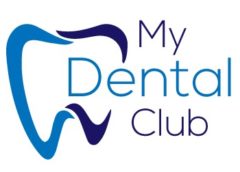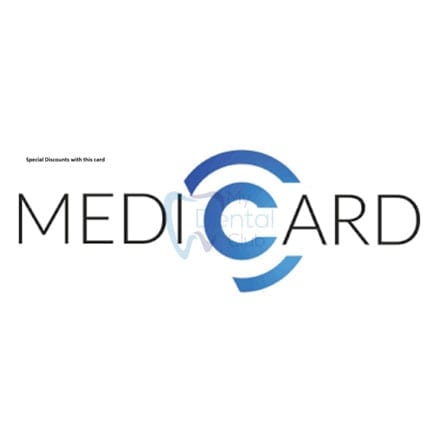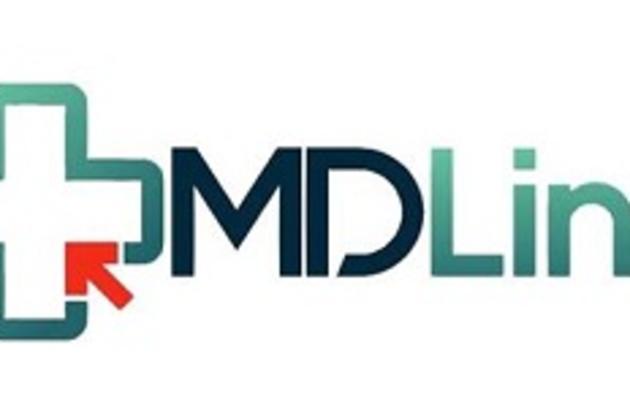December 15, 2025
Dental insurance policies help many people effectively budget for the cost of maintaining a great smile. As a result when compared with medical insurance, understanding dental insurance policies is a breeze. Most policies are straightforward and specific regarding which procedures are covered and exactly how much you have to pay out of pocket. Dental insurance is available as part of medical insurance plans or as a stand-alone policy.
We are registered preferred providers for most, if not all insurance companies. If you are have dental insurance with these companies you will have the benefit of paying between 50%- 80% less for your dental treatment, for certain procedures. These providers usually provide you with a swipe card or precertification form. There is a limit as to how much treatment you can receive . Each insurance provider has their own stipulations. Contact your agent for further details.
Unfortunately some providers does not have these facilities . For these providers our registered dentists simply fill out your claim form . The insurance company then reimburses you the percentage outlined in their plan.
Overview of the System
First, here’s a breakdown of how private dental insurance works. You select a plan based on the providers (dentists) you want to be able to choose from and what you can afford to pay.
- If you already have a dentist you like, and they are in the insurance company’s network, you’ll be able to opt for one of the less expensive plans.
- If you don’t have a dentist at all, you can choose from the dentists who are in the network and again have the option of a less expensive plan.
- and if your existing dentist is not in the network, you can still get insurance, but you’ll pay significantly more to see your dentist than an in-network one—so much more that you may not have any chance at coming out ahead by being insured.
The monthly premiums will depend on the insurance company, your location, and the plan you choose. For many people the monthly premium will be around $50 a month. This means that you’re spending $600 on dental costs each year even if you don’t get any work done.
Key Takeaways
- Firstly Insurance covers issues related to the teeth and gums, as well as to preventative care such as annual cleanings.
- Secondarily not all procedures are covered; for example, cosmetic procedures, such as crowns or whitening, are not.
- Finally deductibles, co-pays, and coinsurance will apply, and many policies have annual coverage maximums that are relatively low, ranging from $50 to $200 in many cases.
Query? Feel free to contact us for advice or more information .























